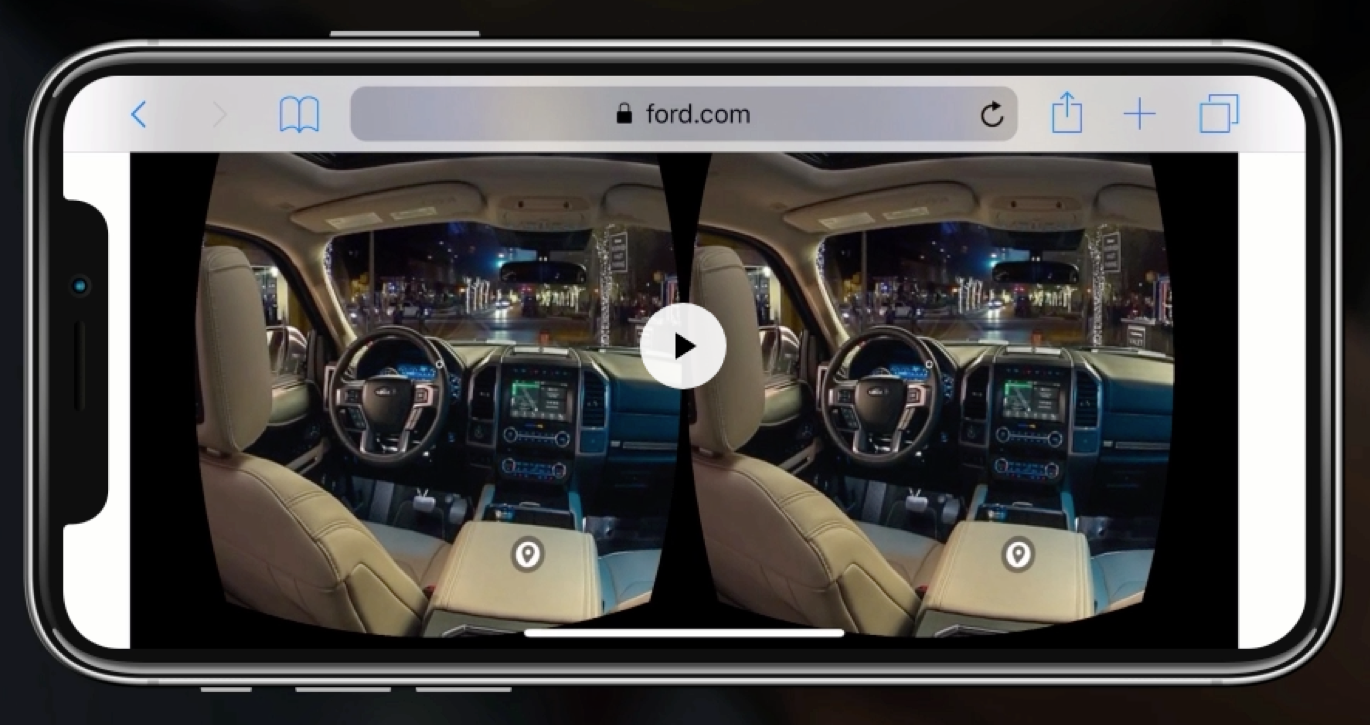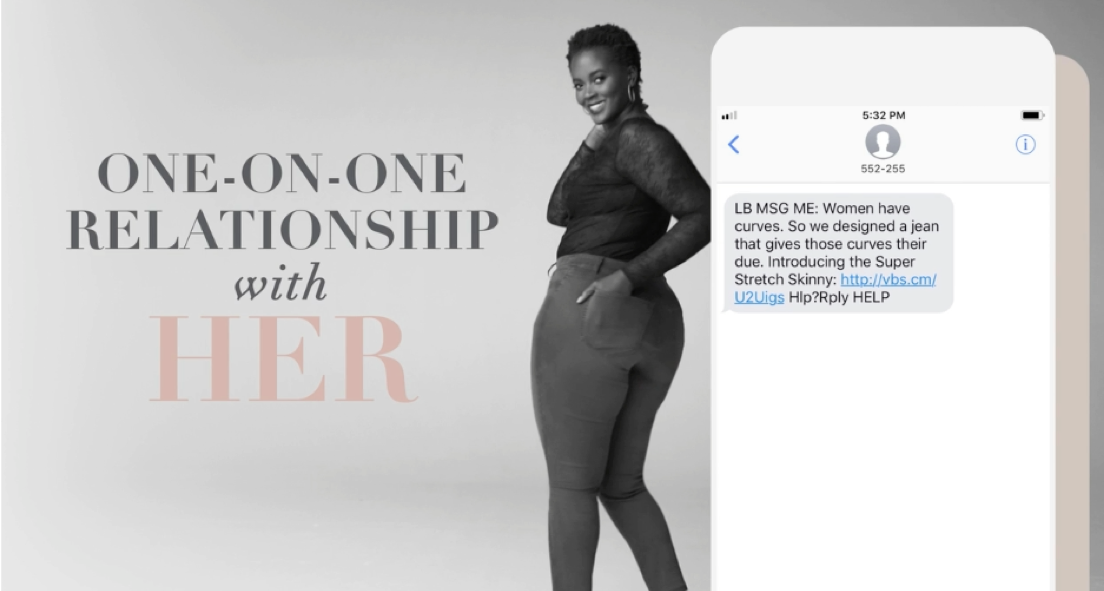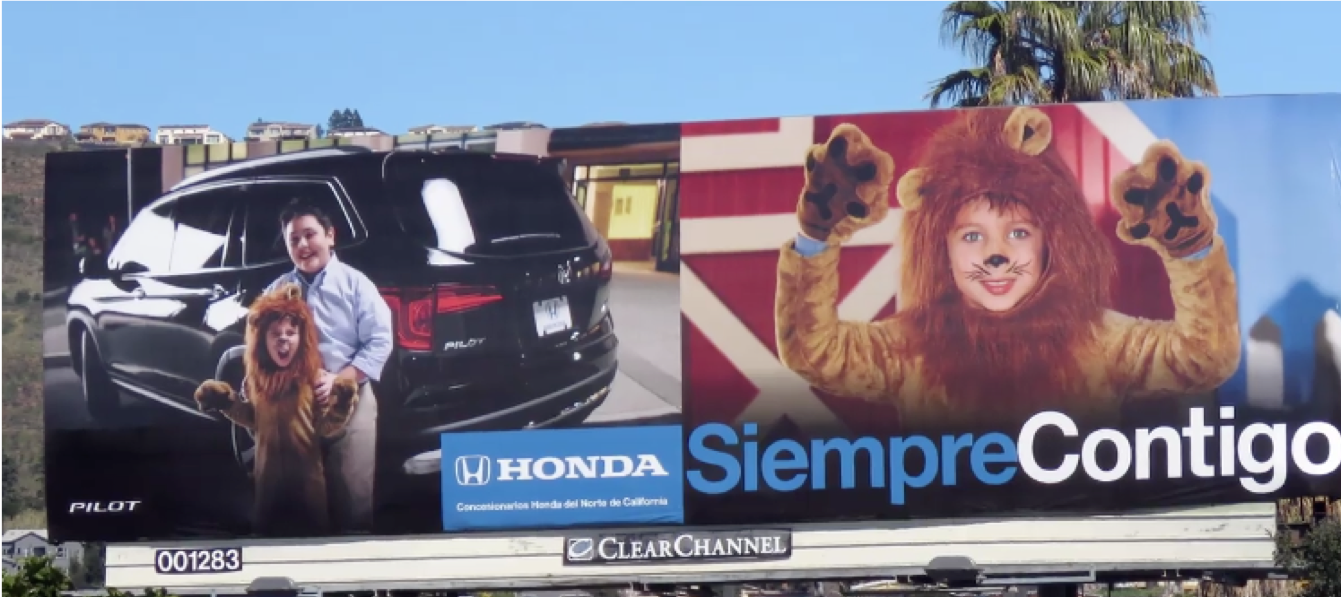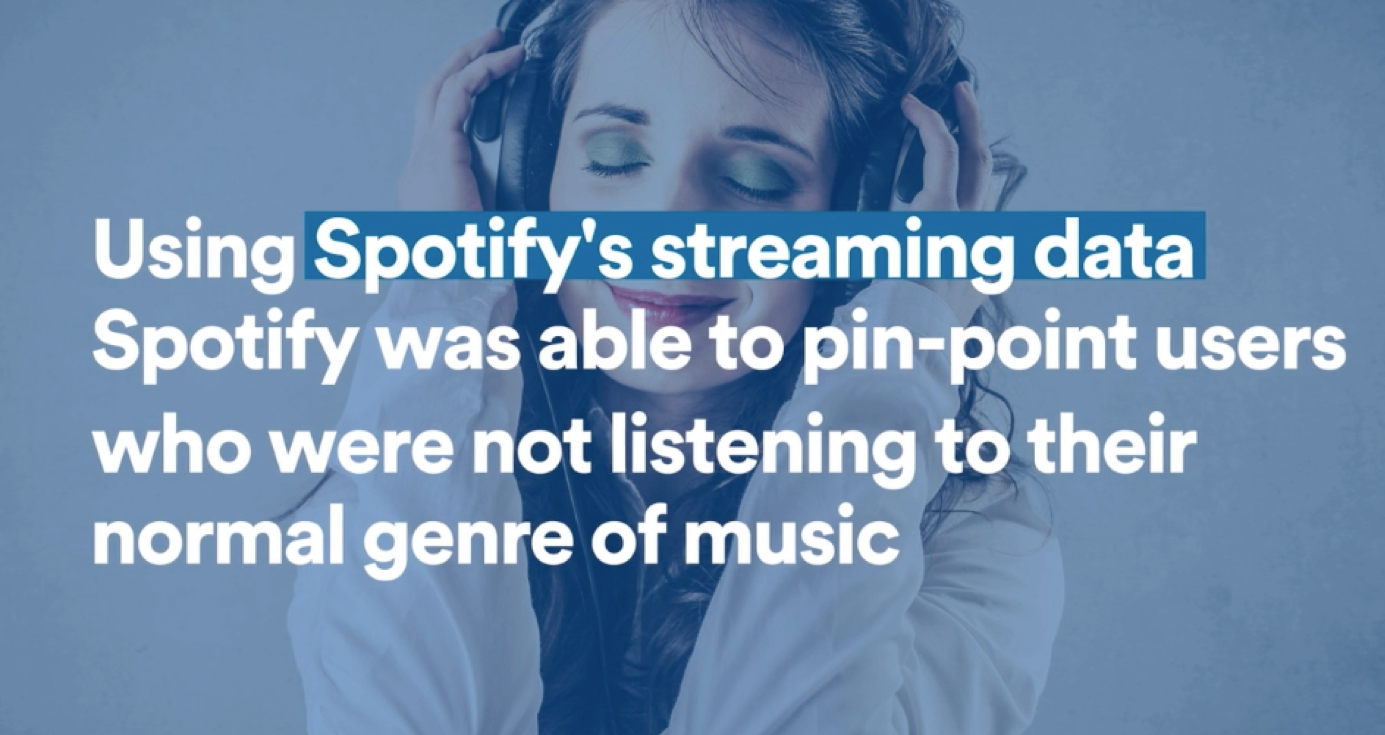Each year, the entries for the MMA’s annual Smarties Awards give us an unparalleled perspective on the trends that are shaping mobile — and marketing. Below, straight from the 2018 jury room, are five mobile marketing trends.. Take a quick look at them, and also feel free to share them with your teams as together, we all work to #shapethefuture.

1. Increasingly, mobile is first – and foremost – all around the globe.
The mobile-first movement – commonplace in markets where mobile penetration far surpasses desktop – is now becoming the norm everywhere. Ford.com’s recent site redesign (at right) was built around mobile, and other major marketers, such as Lane Bryant and Colgate, see mobile as the first platform for reaching their customers.

2. Mobile is becoming the predominant engine for driving social good.
In greater and greater numbers, marketers are giving back, and when they do, mobile is their engine of choice. Lifebuoy is using mobile in China to connect families with doctors, solving a significant problem in the Chinese healthcare system; Lyft is encouraging riders to round up their fares and give the overage to one of a number of charities; Tinder launched a mobile campaign, #RepresentLove, to lobby Unicode on the need for an emoji to depict interracial love. The causes and marketers now embracing this trend via mobile are as varied as life itself.

3. Chatbots have become much more than talk.
Chatbots have truly entered the marketing mainstream this year, giving companies the ability to create one-on-one interaction with consumers at unprecedented scale. To inspire good oral hygiene among children in Indonesia, Pepsodent delivered 21 stories on the toothbrushing theme to moms and children via Facebook Messenger; in India, Durex condoms used chatbots to help its market learn more facts about sex, which is a taboo topic in that culture; using the Vibes platform, Lane Bryant in the U.S. employed SMS and MMS to create customized communications, growing its mobile database by 30% in six months.

4. Use cases for location data are expanding.
The use of location data to drive results isn’t surprising, but the variety of emerging location use cases is. Location is truly driving creative strategy. Uniqlo in China used location and mobile payment data on plane and train ticket purchases to encourage travelers to purchase clothing for their family when they traveled home for the Chinese New Year; in Moscow – where hot water is shut off annually for system maintenance, Dove Dry Shampoo used the shutdown schedule to target women who might be interested in trying the product when taking a hot shower isn’t possible. The brand also showed them the nearest location to buy it. The Northern California Honda Dealers combined out-of-home and mobile targeting to lift dealership visits.

5. Data is spawning an abundance of creative targeting techniques.
In 2018, a target audience can be practically anything an advertiser imagines – with data leading the way. As part of its “You’re Not You When You’re Hungry” campaign, Snickers targeted Spotify users when they were listening to music outside of what they normally listen to; noticing a variety of shared interests between Fall Out Boy fans and players of GameLoft’s Asphalt 8, the band and GameLoft created a story mode within the game to take advantage of the overlap and drive sales of its new release; Tyson partnered with Twitch and Amazon to promote its “Game Day” snacks, retargeting customers on Amazon who had also interacted with brand content on the streaming platform.
Of course, we’re hoping you can be on hand at this year’s Smarties Celebration of Talent on October 1, to see and celebrate some of the work highlighted here (tickets are available here). If not, we trust that the highlights above will help you along your mobile journey, wherever it ends up taking your brand.